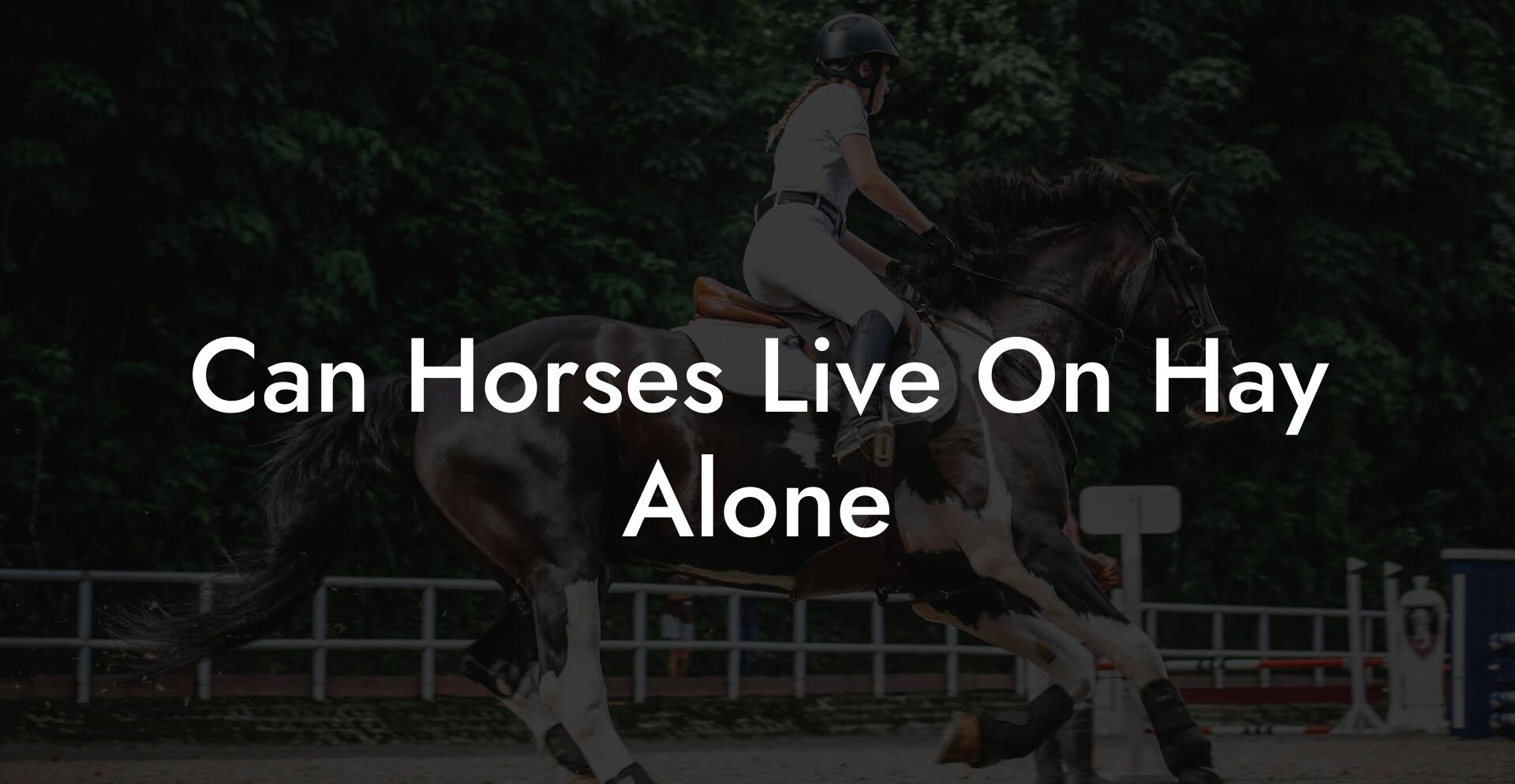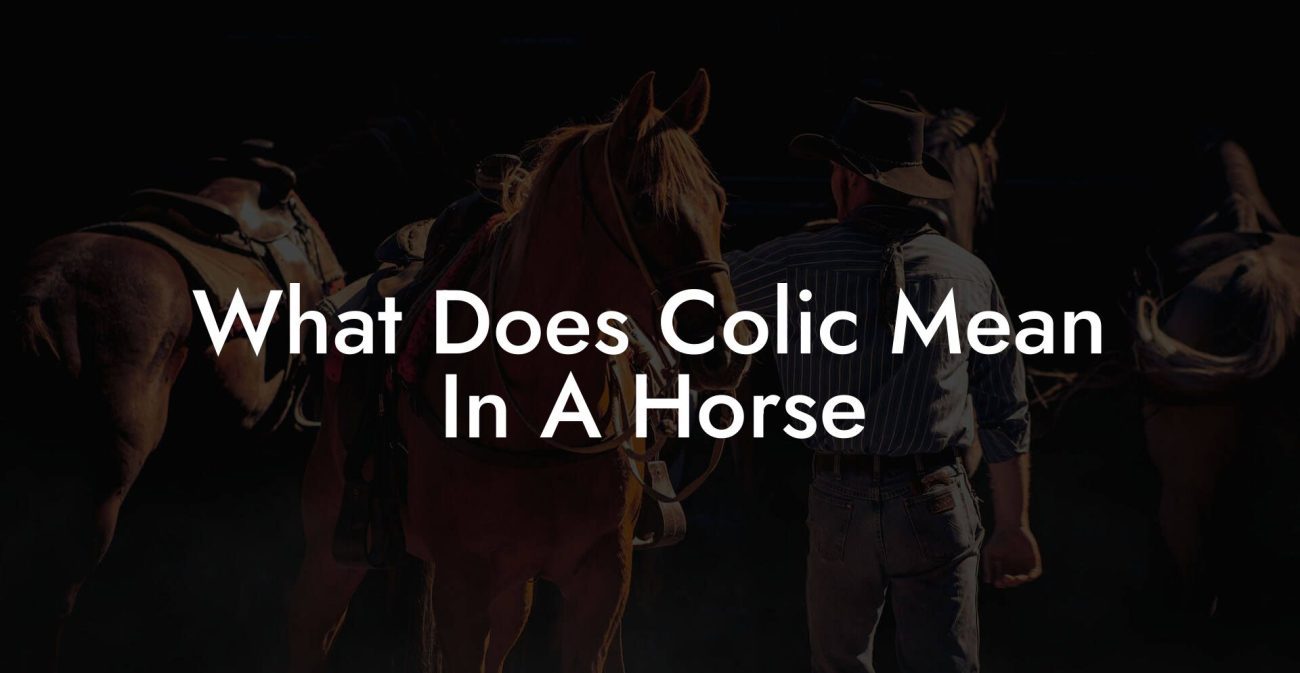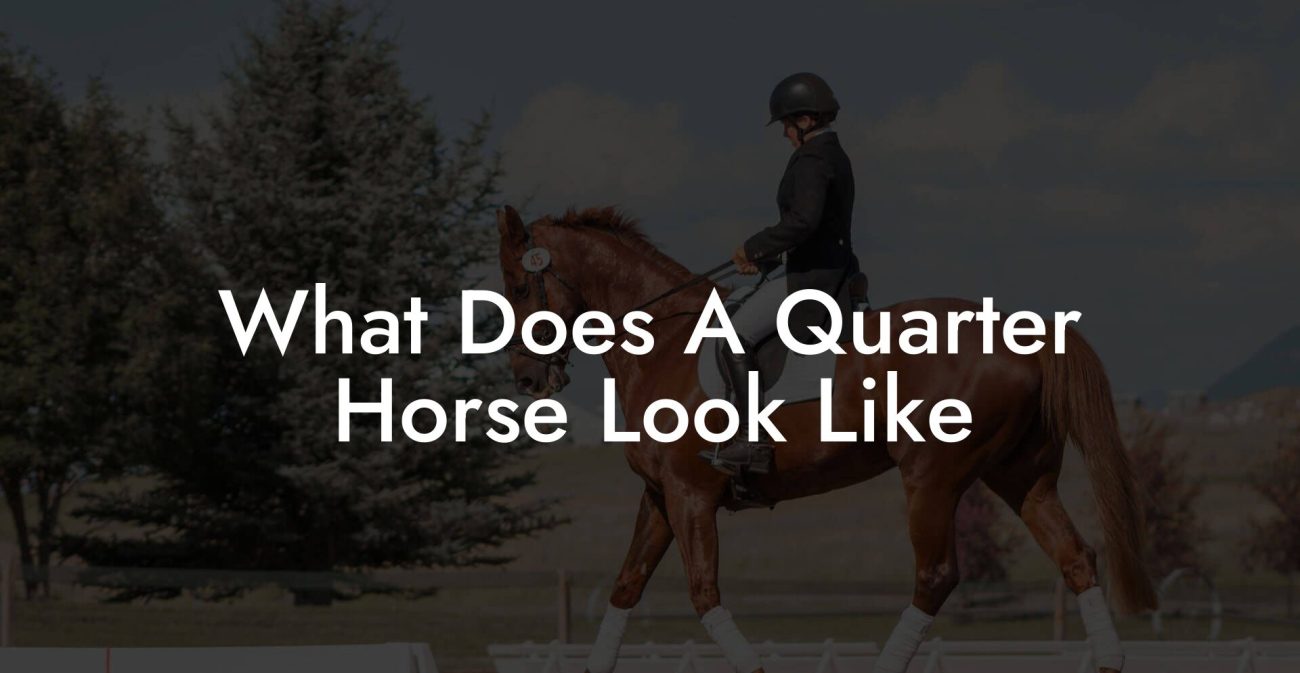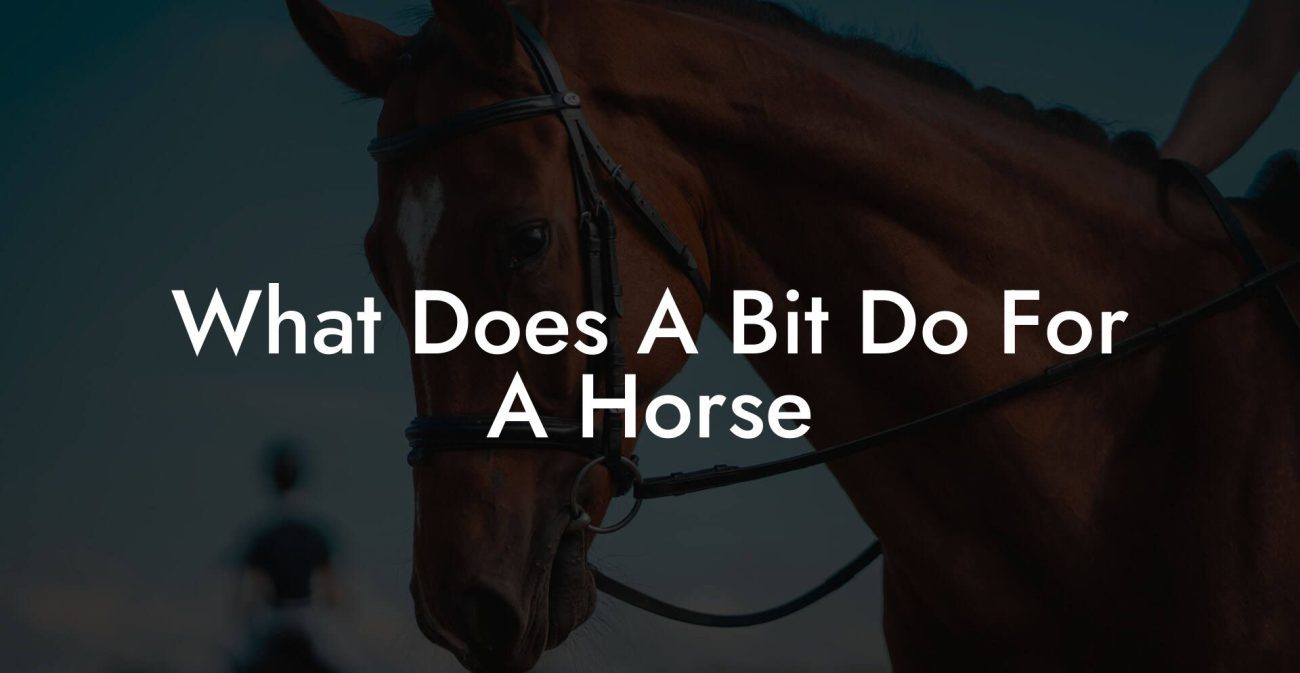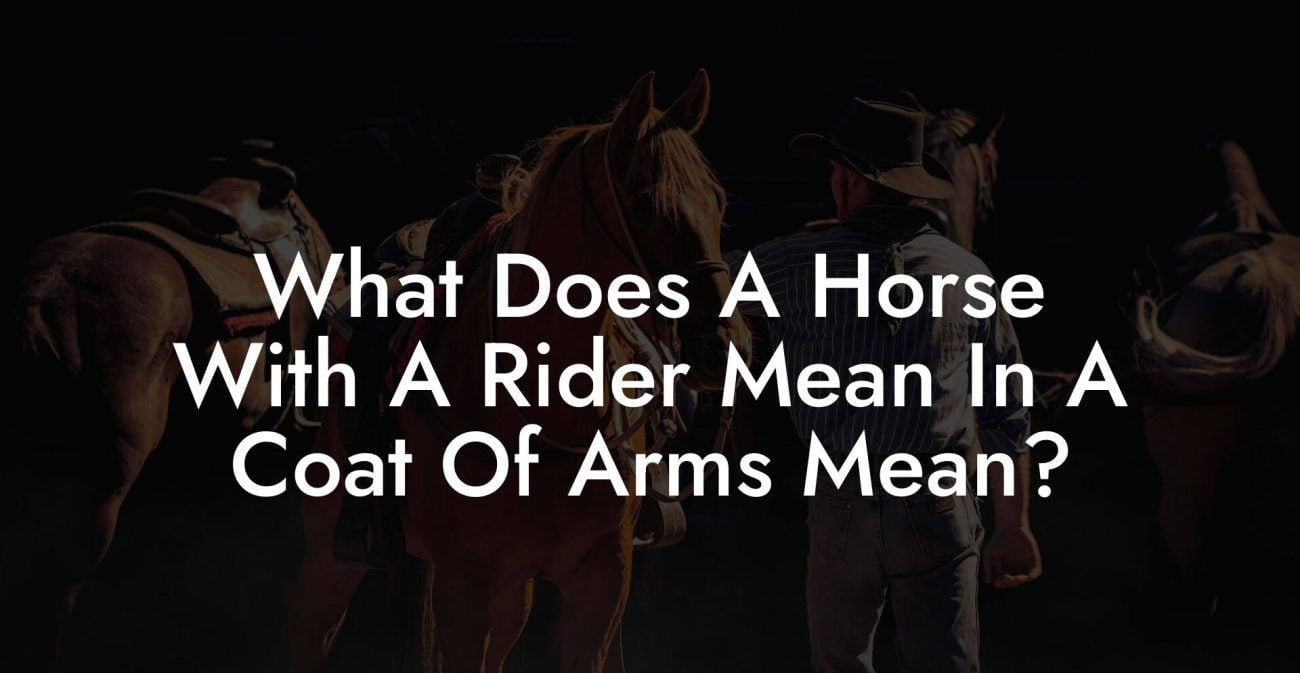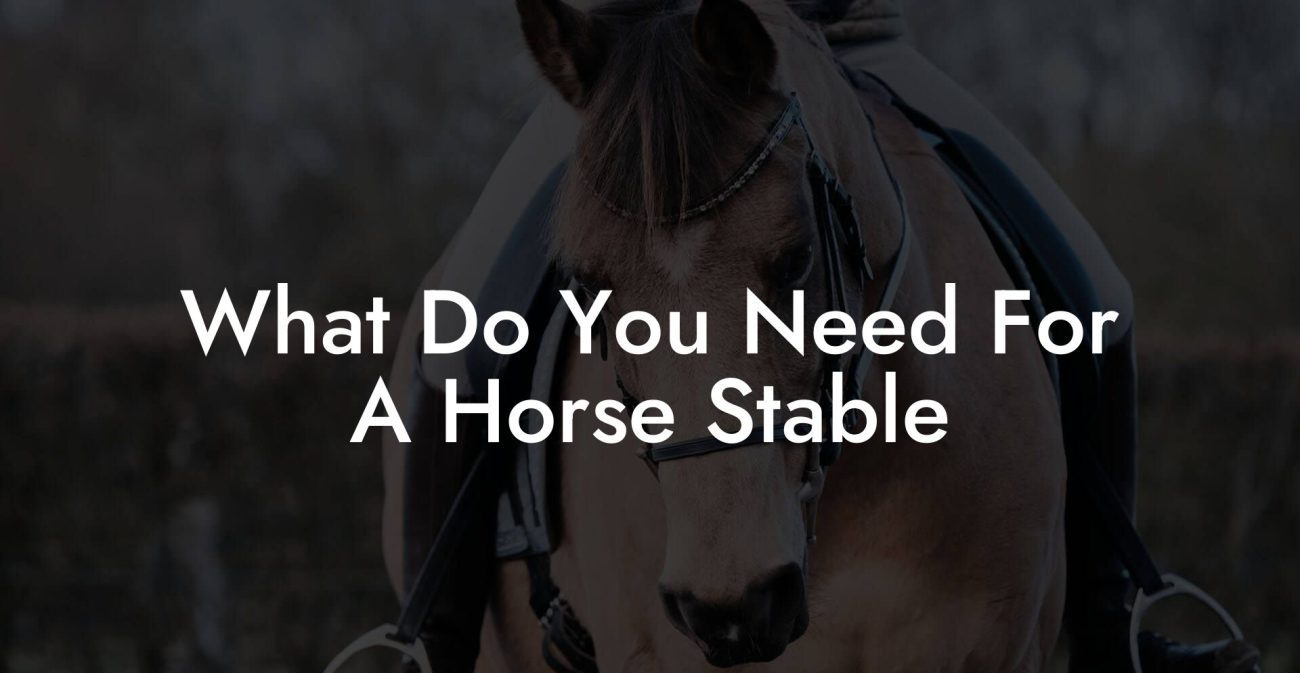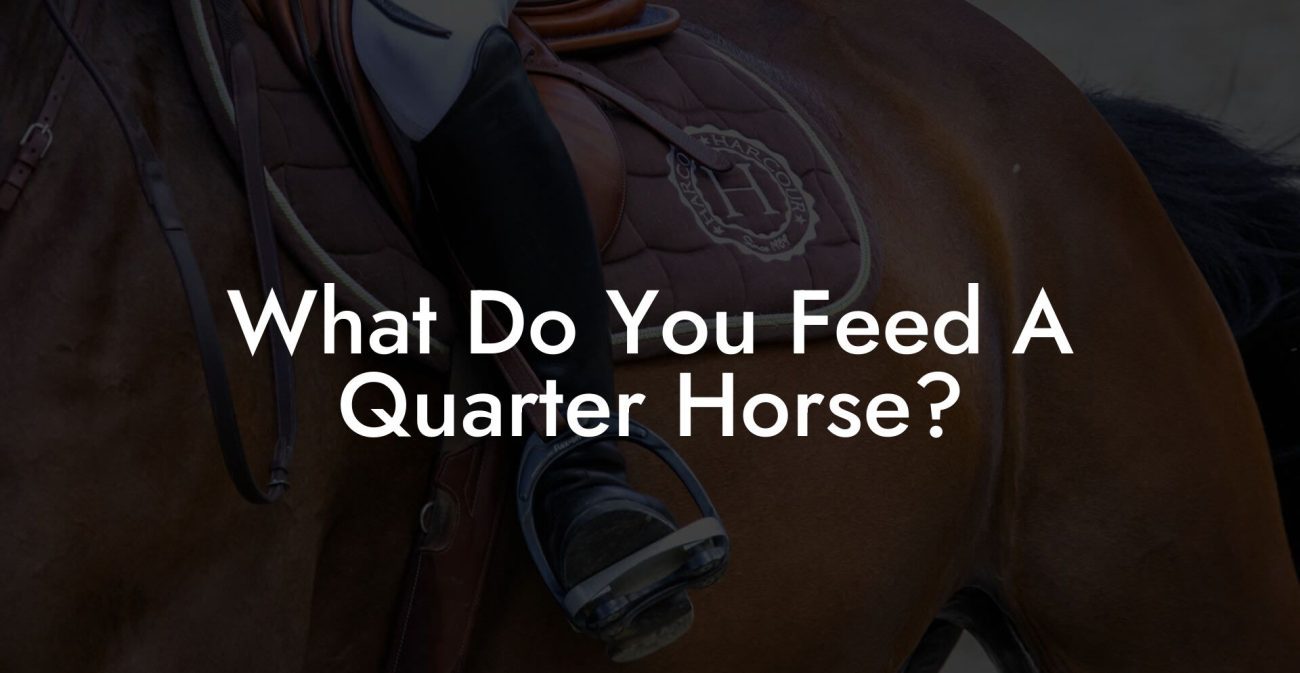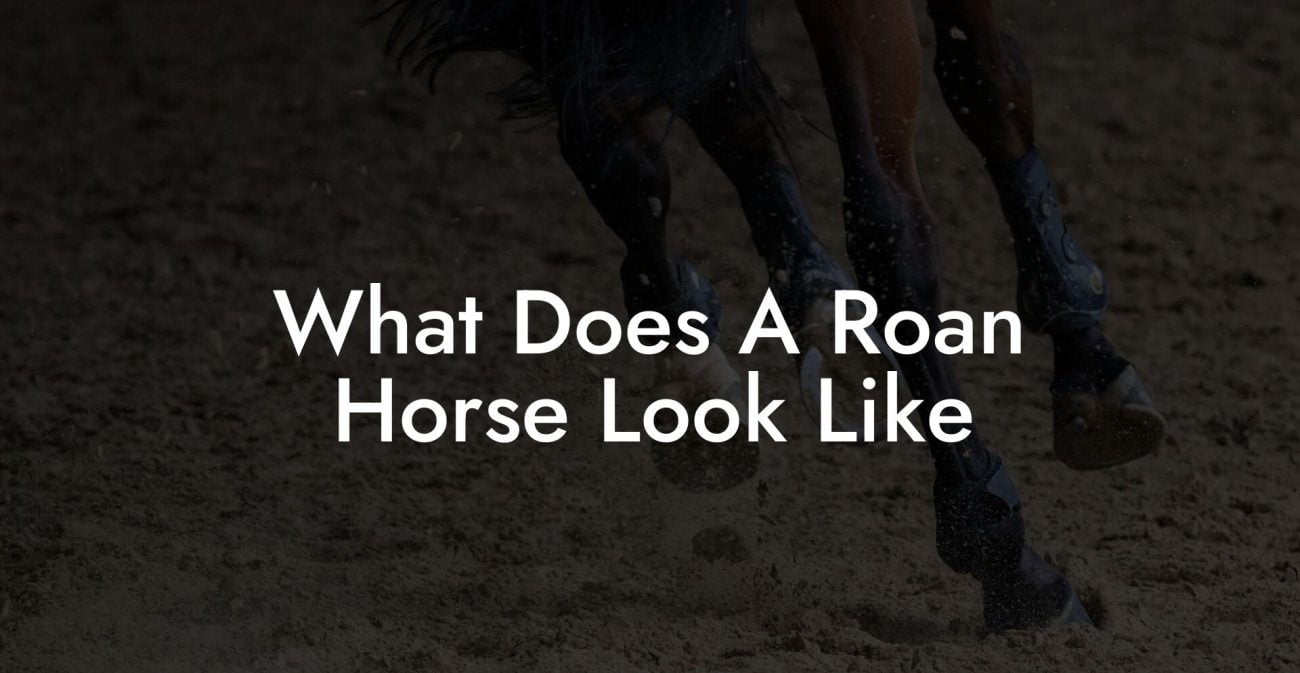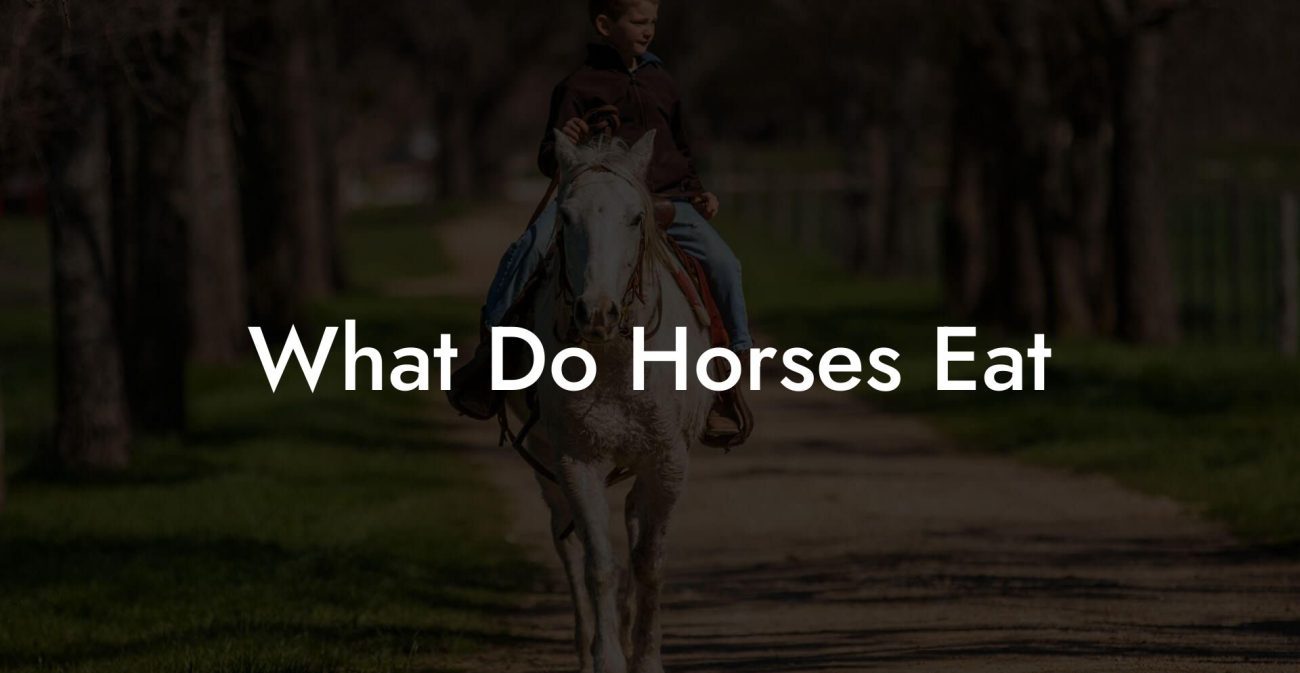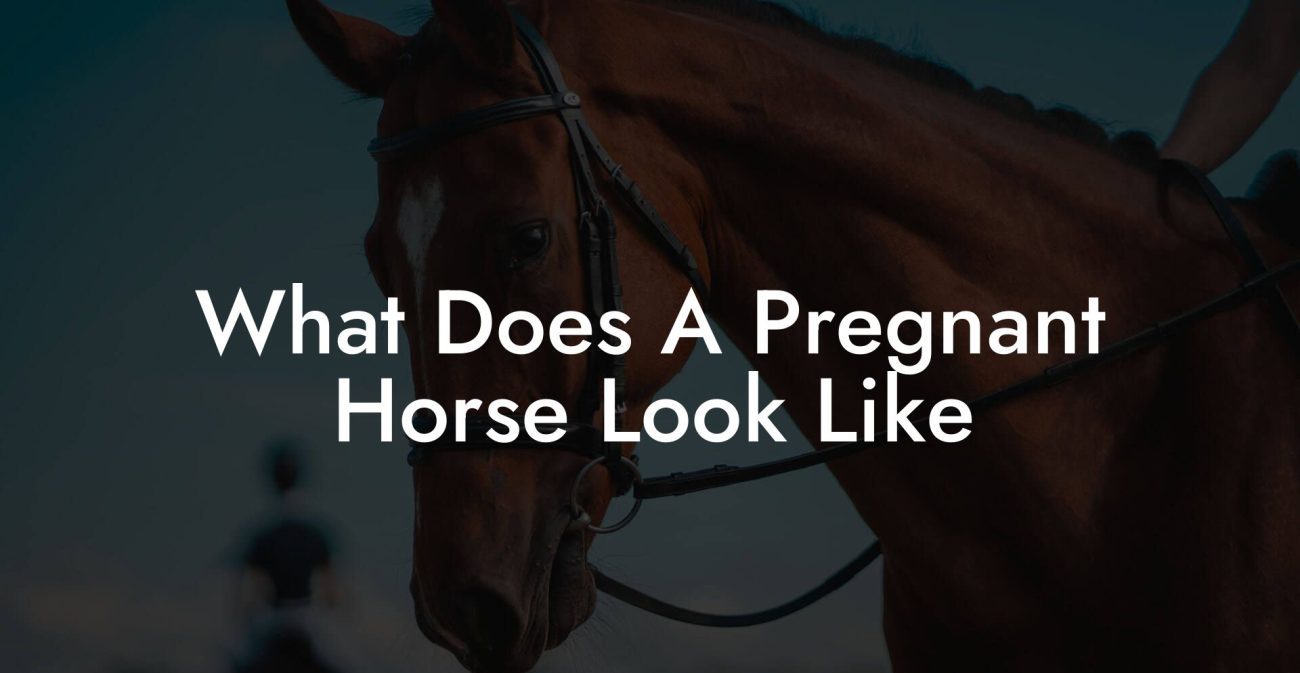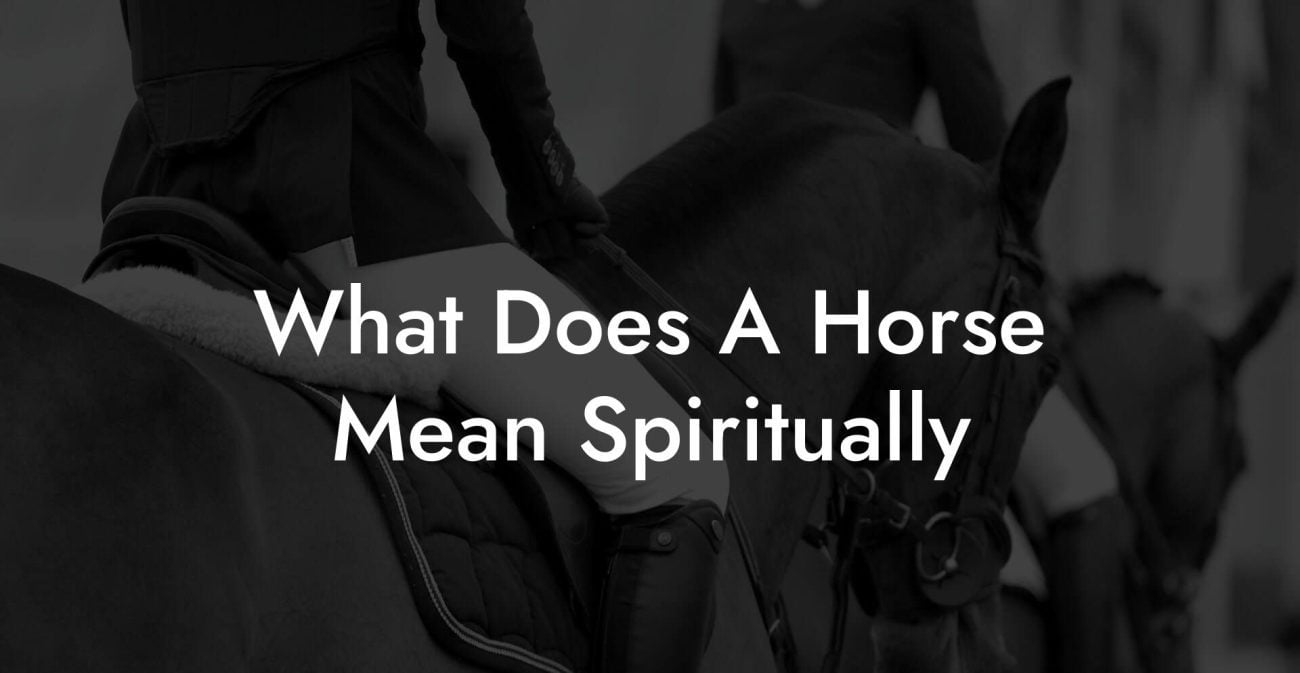Ever wondered if your four-legged friend could survive solely on a diet of hay, or if they’d start missing the flavors of oats, grains, and fresh pasture greens? Saddle up as we gallop through the ins and outs of equine nutrition, dissecting the age-old question: can horses live on hay alone? Whether you’re a first-time horse parent or a seasoned equestrian with a social media following and a penchant for sustainable living, this deep dive into horse diets is packed with expert insights, real-life stories, and plenty of “aha” moments that are as refreshing as a cool spring shower on a summer day.
Quick Links to Useful Sections
- The Basics of Equine Nutrition: Why Hay Matters
- Understanding the Horse Digestive System: A Marvel of Natural Engineering
- Hay Alone: The Nutritional Profile Unveiled
- Can Horses Live on Hay Alone? The Pros and Cons
- The Perks of a Hay-Only Diet
- The Catch: Limitations and Considerations
- The Types of Hay and Their Impact on Diet
- Grass Hay (Timothy, Bermuda, Orchard)
- Legume Hay (Alfalfa, Clover)
- Mixed Forage Hay
- Practical Considerations: When and Why to Supplement
- High-Performance and Working Horses
- Growing Foals and Young Horses
- Gestating and Lactating Mares
- Horses with Special Health Issues
- The Role of Veterinary Guidance in Equine Nutrition
- Feeding Strategies: Making Hay Work for Your Horse
- Gradual Dietary Transitions
- Multiple Small Feedings
- Monitor Body Condition and Performance
- Incorporate Variety When Possible
- Real-Life Stories: Horses Thriving on Hay Alone
- The Case of “Rusty the Rancher”
- A Growing Pony’s Journey
- Urban Equine Adventures
- Holistic Equine Care: Beyond Just Feed
- Resources and Community Support: Your Next Steps
- Monitoring and Adapting: The Dynamic Nature of Equine Nutrition
- Expert Opinions: What Vets and Nutritionists Say
- Addressing Common Concerns About Hay-Only Diets
- 1. What if the Hay is of Poor Quality?
- 2. What About the Caloric Intake?
- 3. Could a Hay-Only Diet Lead to Behavioral Issues?
- Case Studies: Real-World Success in Hay-Based Diets
- The Quiet Stability of a Retired Mare
- Performance Horses on a Sustainable Feeding Regimen
- Urban Horses and Innovative Feeding Practices
- Equine Environmental Impact: A Green Perspective
- Integrating Technology in Equine Nutritional Management
- Frequently Asked Questions: Hay-Only Diet Insights
- Your Journey to Informed Equine Nutrition
The Basics of Equine Nutrition: Why Hay Matters
Horses are marvelous creatures with a digestive system designed to extract nutrients from fibrous forages. At its core, a horse’s diet revolves around hay, a dried version of grasses that mimic what they would naturally graze in the wild. But is hay enough to support their daily energy needs, maintain robust health, and keep those manes flowing in the wind?
When we talk about hay in the horse world, we’re referring to a variety of grasses or legumes that have been cut, dried, and stored for feeding. Timothy, Bermuda, orchard grass, alfalfa, and clover are just a few examples. Each type has its own nutritional profile, influencing everything from the energy levels to the digestive performance of your equine companion.
Hay is naturally high in fiber, which plays a critical role in maintaining the health of the horse’s gastrointestinal tract (or “gut”). This fiber acts as a prebiotic, fueling the beneficial microbes in the horse’s hindgut. Thanks to this symbiotic relationship, horses can efficiently break down fibrous material and absorb essential nutrients. However, whether hay alone is a sufficient diet depends on a host of factors including the horse’s age, weight, activity level, and overall health.
Understanding the Horse Digestive System: A Marvel of Natural Engineering
The equine digestive system is a finely tuned machine boasting a uniquely long small intestine and a massive cecum that works hard to ferment and break down fibrous materials. This system is built for grazing on nutrient-poor, high-volume forage, meaning horses have evolved to thrive on diets that are inherently low in calories but high in fiber.
One major player in this process is the hindgut, where a symbiotic relationship exists between the horse and billions of microbes. These tiny helpers ferment the fiber content in hay, breaking it down into volatile fatty acids (VFAs) that the horse can then use as an energy source. This means that, in theory, hay can supply most of a horse’s energy requirements, provided it’s of good quality and the horse’s individual needs are met.
But don’t be fooled: the efficiency of this process varies. Horses with higher workloads or in growth phases might require additional energy sources, whereas a sedentary or older horse might thrive on hay alone. It’s this balance between natural foraging instincts and modern demands that makes equine nutrition a dynamic and sometimes controversial subject.
Hay Alone: The Nutritional Profile Unveiled
To answer whether horses can live on hay alone, we need to dive into what hay actually provides:
- Fiber: A high-fiber diet is critical for maintaining gastrointestinal motility and preventing issues like colic and impaction. Horses grazing on hay enjoy a steady supply of fiber, which aids in natural digestion.
- Energy: While hay is a great provider of fiber, it is lower in energy (calories) compared to grains or concentrated feeds. This might be perfect for horses with low energy demands but not so much for active or growing horses that need extra calories.
- Protein: Quality hay contains moderate protein levels. However, depending on the type of hay and the horse's requirements, supplementation might be necessary to support muscle maintenance and growth.
- Vitamins and Minerals: Hay provides essential vitamins and minerals, but its nutrient profile can vary based on the forage type, cutting time, and storage conditions. Sometimes, important nutrients like calcium, phosphorus, or trace minerals may be in short supply.
In summary, while hay is a cornerstone of a horse’s diet and often the primary source of nutrition in many traditional settings, it might not tell the whole story when it comes to meeting the diverse nutritional needs of every horse.
Can Horses Live on Hay Alone? The Pros and Cons
Let’s get to the heart of the matter: can horses live on hay alone? The short answer is yes, but with a few important caveats. Whether this works in practice depends on multiple factors, including the quality of the hay, the type of horse, and their individual energy and nutritional needs.
The Perks of a Hay-Only Diet
1. Natural Foraging Behavior: Horses are designed to graze continuously. A hay-only diet aligns well with their natural instincts, providing a constant source of roughage throughout the day.
2. Reduced Risk of Metabolic Disorders: Diets rich in high-sugar grains and concentrates can increase the risk of conditions like laminitis (inflammation of the hoof tissues) and insulin resistance. A hay-based diet, in contrast, is less likely to trigger these health issues.
3. Simplicity and Consistency: Feeding hay alone is straightforward and can simplify feeding routines, especially in environments or seasons where fresh pasture is unavailable.
The Catch: Limitations and Considerations
1. Caloric Needs: Active or high-performance horses might require more calories than hay can provide. In such cases, a hay-only diet may lead to weight loss or decreased performance.
2. Nutrient Deficiencies: Depending solely on hay could mean missing out on essential vitamins, minerals, and proteins, particularly if the hay is of lower quality or is not harvested at the optimal time.
3. Individual Variability: Just like people, horses have diverse nutritional needs. What works for a relaxed pasture pony might not cut it for an exuberant racehorse or an elderly steed with specific health concerns.
Ultimately, while hay is an excellent foundation, ensuring a balanced diet might sometimes require additional supplementation, especially for horses with elevated nutritional needs.
The Types of Hay and Their Impact on Diet
Not all hay is created equal! The type, quality, and even the maturity of the hay at cutting time can significantly impact the nutritional value. Let’s break down some popular types:
Grass Hay (Timothy, Bermuda, Orchard)
Grass hay is the most common forage fed to horses. It’s typically lower in protein and energy but high in fiber, making it an ideal choice for many mature and low-activity horses. Timothy hay, for instance, is favorites among many stable owners for its digestibility and balanced nutrient profile.
Legume Hay (Alfalfa, Clover)
Legume hays, such as alfalfa and clover, are nutrient-dense and rich in protein and calcium. They’re highly beneficial for growing horses, lactating mares, or those in heavy work, but caution is advised for horses prone to metabolic issues. These hays are thicker and coarser, delivering more calories per bale.
Mixed Forage Hay
Many horse owners opt for mixed forage hay, which blends different species to balance out energy, protein, and fiber. This option can offer a more consistent nutritional profile, particularly in regions where a single type of hay is unavailable or inconsistent in quality.
The key takeaway? Always consider the specific type of hay you’re feeding, and if possible, have it tested. Nutrient analysis can help you understand if the hay meets your horse’s dietary needs or if supplemental feeds might be necessary.
Practical Considerations: When and Why to Supplement
Even though a hay-only diet might be sufficient for some horses, practical management often calls for supplementary feeding. Here are scenarios when supplementing might be a game-changer:
High-Performance and Working Horses
Horses that engage in intense physical activities, show jumping, racing, or draft work have higher caloric needs. Hay alone may not provide the quick-release energy required to fuel these activities. In such cases, concentrated feeds or grain supplements become necessary to bridge the nutritional gap.
Growing Foals and Young Horses
Young horses are in the midst of rapid growth and development, which demands an extra dose of protein and minerals. A hay-only diet might fall short of supporting robust bone formation and muscle development, prompting the need for additional nutritional sources.
Gestating and Lactating Mares
Mares carrying foals or those in lactation have considerably elevated nutritional demands. The energy and nutrient requirements during these periods are often beyond what hay can offer on its own. Specialized feeds rich in protein, fat, vitamins, and minerals are essential to safeguard both the mare’s well-being and the development of the foal.
Horses with Special Health Issues
Horses suffering from issues such as dental problems, digestive disorders, or metabolic conditions might require carefully balanced diets. In such cases, nutritional supplements or therapeutic feeds can help manage health concerns while ensuring the horse receives all necessary nutrients.
Supplementation isn’t about undermining the value of hay; rather, it’s about fine-tuning the diet to meet individual health and performance targets. By monitoring your horse’s body condition and performance, you can make informed decisions on when to introduce additional feeds.
The Role of Veterinary Guidance in Equine Nutrition
A critical aspect of managing your horse’s diet is the involvement of a qualified equine veterinarian or nutritionist. These professionals can assess your horse’s body condition score (BCS), overall health, and specific nutritional requirements to develop a balanced feeding plan.
Regular check-ups and nutritional evaluations ensure that any deficiencies or imbalances are addressed before they escalate into significant health issues. From dental examinations to blood work, veterinarians play a pivotal role in tailoring dietary strategies that align with your horse’s lifestyle, age, and workload.
Additionally, periodic hay analyses can offer insights into the nutrient composition of your forage. Armed with this information, you and your vet can decide whether supplemental feeds, probiotics, or mineral blocks are in order, ensuring that every morsel of hay works its magic.
Feeding Strategies: Making Hay Work for Your Horse
Assuming you’ve decided that a hay-centric diet makes sense for your horse, here are some tried-and-true strategies to maximize the nutritional benefits:
Gradual Dietary Transitions
Switching to a hay-only regimen doesn’t happen overnight. Gradually increasing the proportion of hay in the diet while slowly reducing other feeds helps prevent digestive upset. A gradual transition allows the horse’s gut flora to adjust, minimizing the risk of colic or other gastrointestinal disturbances.
Multiple Small Feedings
Horses are natural grazers, and providing multiple small feedings throughout the day can mimic this behavior. Instead of one or two large meals, break up the hay allotment into several feedings to maintain consistent energy levels and prevent spikes in blood sugar.
Monitor Body Condition and Performance
Keep a keen eye on your horse’s weight, coat condition, and overall energy. Regularly assess its body condition score (BCS) and adjust the hay intake or introduce supplements accordingly. Tools like slow feeders or hay nets can help regulate consumption and ensure a steady intake during the day.
Incorporate Variety When Possible
While hay might be the staple, occasionally rotating different types of hay or introducing even a small amount of lush pasture can provide nutritional diversity. This variety not only boosts the nutrient profile but also contributes to the overall mental and physical well-being of your equine friend.
Real-Life Stories: Horses Thriving on Hay Alone
Theoretical discussions aside, the real proof often comes from the stables. Across the globe, numerous horse owners and caretakers have successfully managed a hay-only diet for their horses, each with their own successes and lessons learned.
The Case of “Rusty the Rancher”
Rusty, a seasoned Quarter Horse known for his calm demeanor and unwavering work ethic, started his life on a hay-only diet when his owner adopted a more natural, sustainable approach to horse care. After regular veterinary check-ups and vigilant condition scoring, Rusty thrived on the pure, fibrous goodness of locally sourced grass hay. His owner noted that not only did Rusty maintain a lean, fit physique, but his coat also shone like never before.
A Growing Pony’s Journey
In another stable, a young pony named Star bounced into the world of equine nutrition with a predominantly hay-based diet. Star’s owner, who was passionate about holistic, eco-friendly practices, supplemented the hay with minimal protein feeds during critical growth phases. With careful planning and routine nutrient analyses, Star grew into a sturdy, well-balanced horse, a true testament to how a hay-focused regimen, when managed correctly, supports growth and development.
Urban Equine Adventures
In busy urban settings where grazing options are limited, innovative horse owners have turned to quality hay as the primary feed source. For instance, an urban riding school in a metropolitan area discovered that by focusing on high-quality, tested hay, they could safely sustain a group of performance horses with minimal dependence on grains or concentrates. Their success hinged on rigorous monitoring and a willingness to adapt as each horse’s needs evolved.
These stories, whether from vast ranches or bustling city stables, illustrate that while a hay-only diet demands careful management and attention to detail, it can indeed support a healthy, active, and vibrant equine lifestyle.
Holistic Equine Care: Beyond Just Feed
Nutrition is one piece of the puzzle in equine health. Holistic care considers everything from exercise and mental stimulation to grooming and social interaction. A horse’s well-being is a blend of proper nutrition, regular physical activity, routine veterinary care, and a nurturing environment.
For instance, horses on a hay-centric diet might benefit from extra turnout time in a pasture or paddock. This not only gives them a change of scenery but also encourages natural behaviors like grazing and social bonding. In addition, incorporating periodic dental check-ups ensures that your horse can efficiently break down and process the fibrous hay, making the diet even more effective.
Equine caretakers today are more connected than ever, sharing tips, research, and success stories on various social media platforms. From Instagram reels to TikTok snippets, a vibrant community thrives on innovative and sustainable horse care.
Resources and Community Support: Your Next Steps
The journey toward informed equine nutrition is as much a personal exploration as it is a community endeavor. Whether you’re diving into academic journals on equine diets or joining Facebook groups with fellow horse enthusiasts, the wealth of knowledge available can help you fine-tune your horse’s feeding strategy.
Consider tapping into online courses, webinars, or workshops led by equine nutrition experts. Local agricultural extension offices and veterinary clinics often offer resources, from nutrient testing services for hay to personalized feeding consultations. Social media groups, riding clubs, and forums like The Horse Forum or Reddit’s r/equine frequently discuss real-life challenges and creative solutions, making the community an invaluable resource.
Connecting with other horse owners not only provides practical insights but also makes the process of managing your horse’s diet far more enjoyable. After all, when you’re part of a community that shares your passion for providing the best care, every step of your journey is enriched by collective wisdom and support.
Monitoring and Adapting: The Dynamic Nature of Equine Nutrition
A hay-only feeding strategy is not a “set it and forget it” approach; it requires regular monitoring and a willingness to adapt. Changes such as seasonal variations in hay quality, fluctuations in your horse’s energy demands, or shifts in health status mean that your equine nutritional plan should be as dynamic as your daily routines.
Consider keeping a feeding journal, tracking your horse’s body condition score, energy levels, and any signs of digestive discomfort. Such records can help identify trends and inform adjustments to portion sizes, supplementation needs, and overall care routines. This proactive approach ensures that your horse remains agile, healthy, and ready for whatever adventure comes next.
The digital age makes these adjustments easier than ever. With plenty of mobile apps and digital tracking tools made specifically for equine management, you’re well-equipped to fine-tune the hay-only diet to meet every nuanced requirement of your horse’s lifestyle.
Expert Opinions: What Vets and Nutritionists Say
While there’s plenty of anecdotal evidence supporting hay-only diets, the backing of equine nutrition experts is equally compelling. Veterinarians emphasize that the success of such a regimen hinges on high-quality forage and a keen understanding of your horse’s unique health profile.
Equine nutritionists highlight that, for many horses, a well-managed hay-only diet can lead to stable energy levels, improved digestive health, and a reduced risk of metabolic disorders. They also stress the importance of periodic nutritional testing, ensuring that age, workload, and seasonal changes are all factored into your horse feeding strategy.
Experts also point out that many horses thrive on diets closely resembling what they would naturally graze in the wild. Evolution has equipped them with digestive systems optimized for foraging; it’s the modern conveniences and high-calorie concentrates that sometimes disrupt the natural balance.
Addressing Common Concerns About Hay-Only Diets
Skeptics might argue that a hay-only diet could lead to nutrient imbalances, weight loss, or even behavioral changes. Let’s address some common concerns:
1. What if the Hay is of Poor Quality?
Quality matters. Low-quality hay can lack essential nutrients and harbor mold or dust that might irritate sensitive lungs. Always source hay from reputable suppliers and, if possible, have periodic nutrient analyses done.
2. What About the Caloric Intake?
For horses with higher calorie needs, such as those in active work or still growing, a hay-only diet might initially appear insufficient. However, careful management, including larger volumes or additional slow-release supplements, can often bridge this gap. The key is to tailor the amount of hay and the feeding frequency so that the horse’s energy requirements are met without overcompensating.
3. Could a Hay-Only Diet Lead to Behavioral Issues?
Horses are naturally social and grazing animals. A hay-only diet, when managed with appropriate turnout and enrichment, typically does not lead to behavior problems. In fact, regular grazing can promote natural behaviors, reduce boredom, and make for happier, more relaxed horses.
Addressing these concerns head-on with informed strategies is the cornerstone of modern equine care. With careful monitoring and adaptation, the hay-only regimen can be both nutritionally sound and conducive to a balanced lifestyle.
Case Studies: Real-World Success in Hay-Based Diets
Let’s round out our discussion with some real-world examples that illustrate how a hay-only diet has been successfully implemented in various settings:
The Quiet Stability of a Retired Mare
Take Daisy, a retired mare known for her gentle nature. Having spent decades in a pasture as a working horse, Daisy adapted remarkably well to a hay-only diet after retirement. Regular hay testing ensured her nutrient intake was on point, and periodic hay variations kept her digestive system humming smoothly. Daisy’s stable weight and visibly vibrant coat are a tribute to the power of a well-managed forage-based diet.
Performance Horses on a Sustainable Feeding Regimen
In a competitive riding stable, several performance horses were transitioned to a predominantly hay-based regimen supplemented minimally with balanced concentrates. The result? Improved energy consistency, fewer digestive upsets, and enhanced overall performance. This case underscores that even on the rigors of a competitive schedule, horses can thrive on high-quality hay with targeted nutritional tweaks.
Urban Horses and Innovative Feeding Practices
In an urban equestrian center where space and grazing options were challenged, innovative feeding practices turned a hay-only diet into a scalable solution. By carefully scheduling feedings, utilizing slow feeders, and incorporating community expertise, the center maintained a group of urban horses that not only stayed healthy but also embodied the principles of sustainability and natural care.
These case studies highlight that with careful planning, robust monitoring, and a willingness to adapt, a hay-centric diet can meet a broad spectrum of equine nutritional needs.
Equine Environmental Impact: A Green Perspective
Beyond the nutritional debate, there’s an environmental angle worth considering. Feeding horses primarily on hay aligns with sustainable, eco-friendly practices. Growing, harvesting, and storing hay can often have a lower environmental footprint than producing specialized concentrated feeds.
For those of you who are passionate about sustainability and reducing your carbon hoofprint, a hay-based approach might also align with your ethical values. When combined with responsible land management and regenerative agriculture practices, hay no longer remains just a feed, it becomes part of a larger commitment to environmental stewardship.
Embracing a diet that relies on natural forage can provide you with peace of mind, knowing that your equine care is also contributing positively to the environment. After all, in today’s eco-conscious world, every grazing minute counts.
Integrating Technology in Equine Nutritional Management
In our digital era, technology has stepped in to revolutionize the way we manage equine diets. Mobile apps and smart feeders are becoming popular tools among horse owners, providing data-driven insights into feeding habits, activity levels, and even weight fluctuations.
By leveraging technology, you can easily track how a hay-only diet is performing for your horse. Digital scales, fitness trackers, and online nutrient calculators give you a bird’s-eye view of your equine friend’s health, making it easier to adjust dosages, plan for seasonal changes, and ensure every nap and gallop is thriving on well-balanced nutrition.
Technology isn’t here to replace the human touch; it’s here to enhance your capability to care, monitor, and fine-tune your horse’s diet. This digital-savvy approach resonates perfectly with modern equine caregivers, especially those who are plugged into the pulse of Gen Z and millennial trends.
Frequently Asked Questions: Hay-Only Diet Insights
Let’s wrap up this nutritional journey by answering some of the most burning questions about hay-only diets for horses:
1. Can a horse really get all the nutrients it needs from hay alone?
In many cases, yes, especially if the hay is of high quality and the horse’s energy demands are moderate. However, active, growing, or special-needs horses might require supplemental proteins, fats, or minerals.
2. How do I know if my horse’s hay-only diet is working?
Regular veterinary check-ups, body condition scoring, and monitoring performance and mood are essential. Look for signs like a shiny coat, stable weight, and consistent energy levels.
3. Are all types of hay the same when it comes to nutrition?
Not at all. Different hay types like grass, legume, or mixed forage have varying profiles in terms of fiber, protein, and mineral content. Always consider supplementing based on specific nutritional gaps.
4. Can horses fed solely on hay perform in competitive sports?
Many horses thrive on a hay-based diet when appropriately supplemented to meet the higher energy demands of performance work. It is crucial, however, to tailor feeding regimens to the individual needs of the athlete.
5. How often should I have my hay tested for nutrients?
It’s recommended to test hay at the start of each new feeding season or if you notice changes in your horse’s performance or health. Regular nutrient analysis helps ensure the diet remains balanced.
6. What are the signs of a nutrient deficiency in horses?
Signs can include a dull coat, weight loss, lethargy, or digestive issues. Always consult with a veterinarian if you suspect a deficiency.
Your Journey to Informed Equine Nutrition
Deciding whether a hay-only diet is right for your horse is not a one-size-fits-all proposition, it’s an evolving journey that blends science, experience, and a bit of good ol’ intuition. As you ride along this path of equine care, remember that the goal is to keep your horse happy, healthy, and full of life.
The story of equine nutrition is as ancient as the partnership between humans and horses, yet it continues to be shaped by modern research, innovative practices, and a vibrant online community eager to share success stories and expert advice. Whether you’re a Gen-Z trendsetter or a millennial horse-lover with decades of riding experience, the collective wisdom of modern equine nutrition offers valuable insights for every enthusiast.
So, buckle up and get ready to explore new avenues in equine care, one hay bale at a time. Empower yourself with knowledge, engage with fellow horse enthusiasts, and never hesitate to seek professional advice as you craft a feeding plan that perfectly suits your horse’s unique needs.
The terrain of equine nutrition is vast and varied, but with every bite of hay and every check-up along the way, you’re taking strides toward ensuring your horse enjoys a life of vitality, natural grazing bliss, and balanced health. Embrace the journey, trust your instincts, and let your passion for horse care guide you to a future where informed equine nutrition is at the heart of every gallop.

